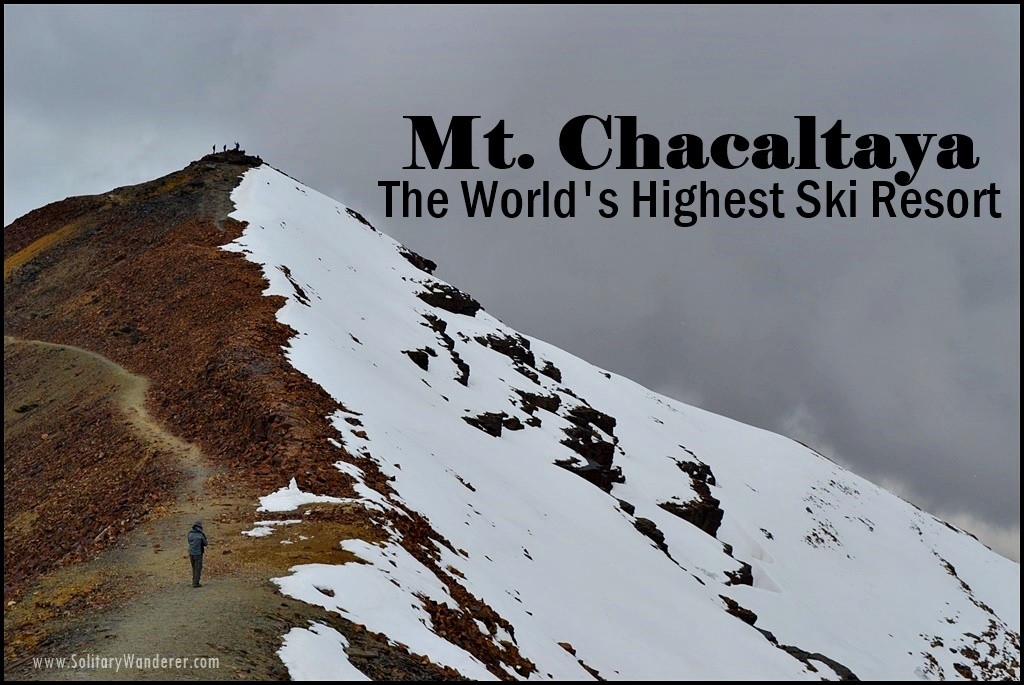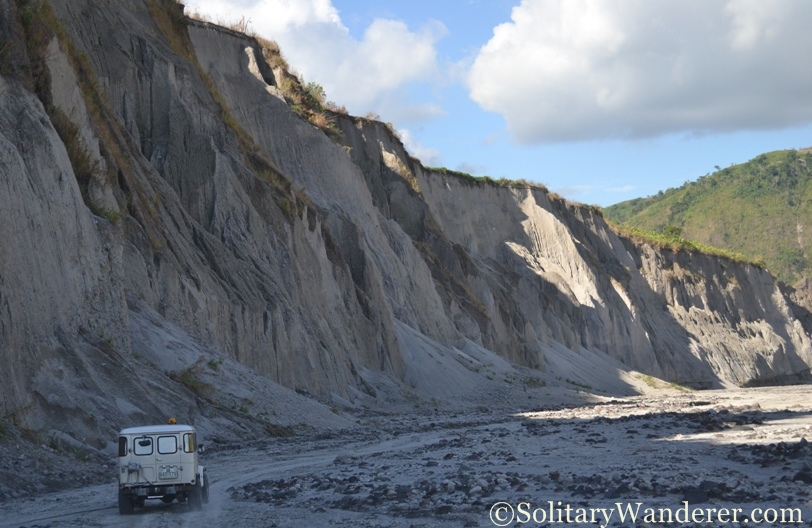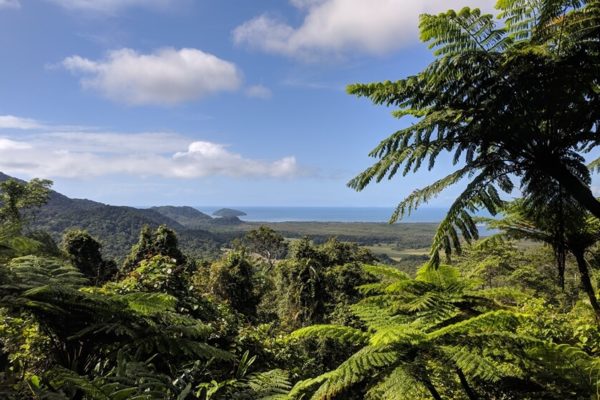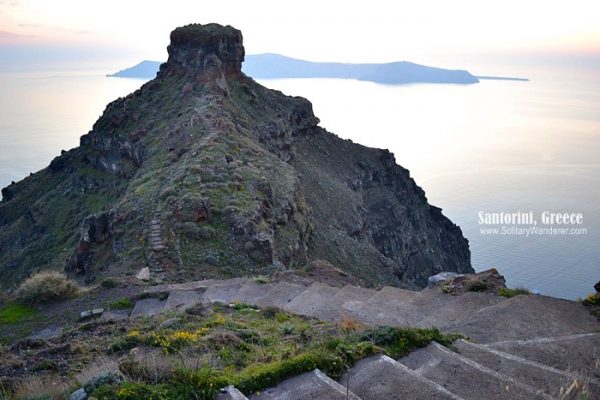
This website uses cookies so that we can provide you with the best user experience possible. Cookie information is stored in your browser and performs functions such as recognising you when you return to our website and helping our team to understand which sections of the website you find most interesting and useful.











9 Comments. Leave new
Hi together, I did the Chacaltaya with my wife in 1993 going up tothe station by taxi from Palo Alto then walking up to the summit. We where used to altidudes at 4000 meters in La Paz and Potosi – but the air was verry thin at 5000 meters. I tock us 45 minutes to cover the last 150 m up to the summit, stopping to breathe..
I also saw the rope ski lift – however I could not emagine skiing at 5000 m although beeing a good skiier then and still today…
Netverthless it was a verry “special” expieriance i’d not want to miss
I am UPM batch 2000. What was your batch? I did EBC with Gokyo Lakes, Annapurna Circuit, and ABC back in 2012. Maybe I’ll do this when I get to Bolivia soon.
This is a really beautiful mountain! If we have the opportunity, we’ll definitely climb it. Did you feel the symptoms of high-altitude sickness? It’s 5K-plus meters, so it’s pretty high.
Yeah, it’s pretty high but by then, I was already acclimatized. I got altitude sickness in Bolivia, in my first 4000+-meter city.
Too bad I can’t load most of your photos even after refreshing.
The secondary summit is almost as high as Chacaltaya! Who knew 200m could make such a difference? I’d probably have given up at 2000m, hahaha.
Aww shucks. I hope the not-loading part was temporary. I gotta speed up my site eh? It’s the altitude I think. Otherwise, 200m isn’t so much.
That is really sad. I don’t think many people outside of the country/region knew there was snow in Bolivia. If the people in govt still don’t believe in global warming, show them this.
I wonder how the old timers here feel? It must be tragic to see a glacier disappear during your lifetime. Sucks.
I went skiing here in 1990, I suppose you could call me an old timer , I’m 50 now …I often look at old pictures and current ones to reminisce and it is sad, back in the day when the peak was white the “Cold Road ” was beautiful…now she looks dead 🙁